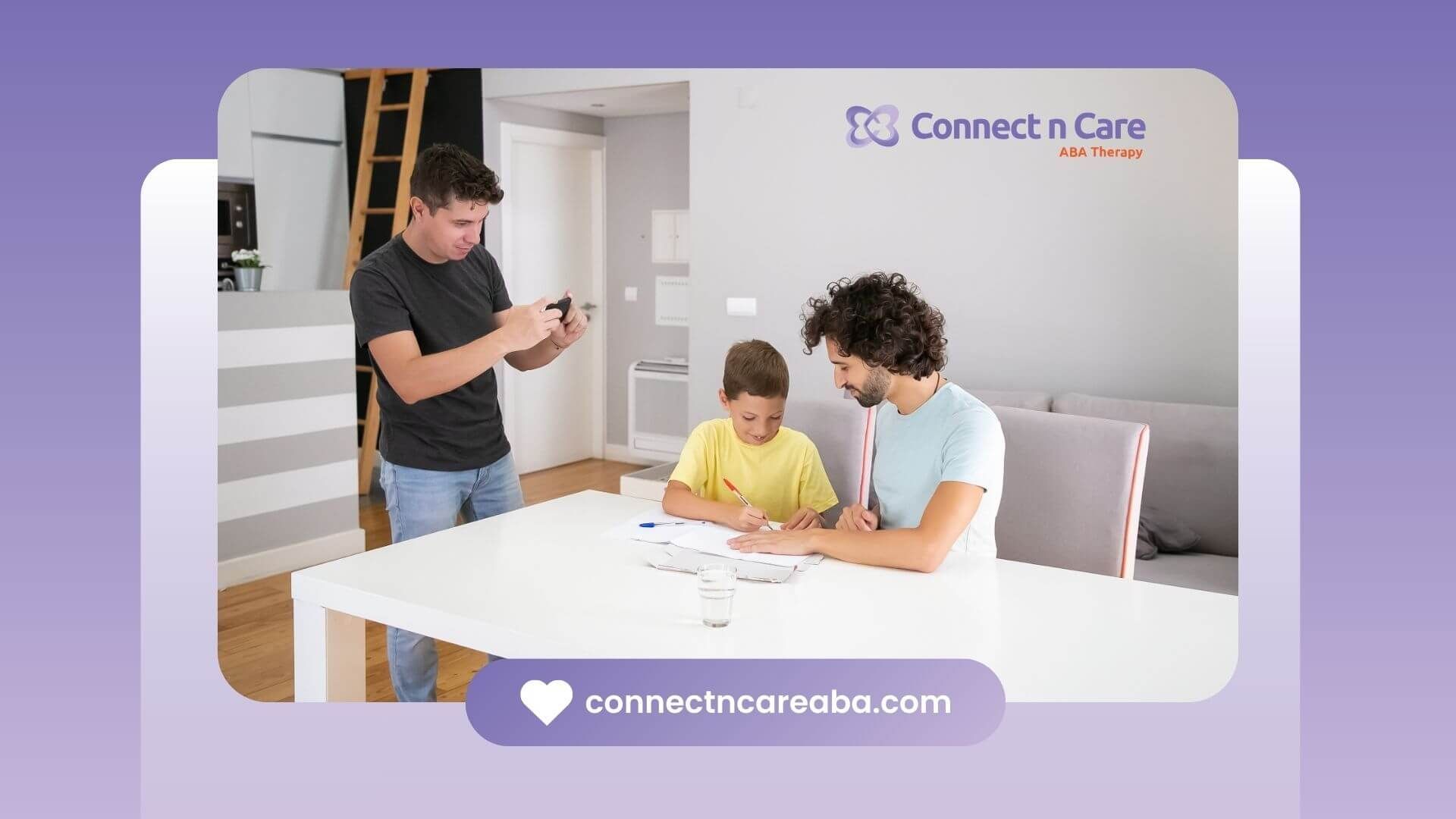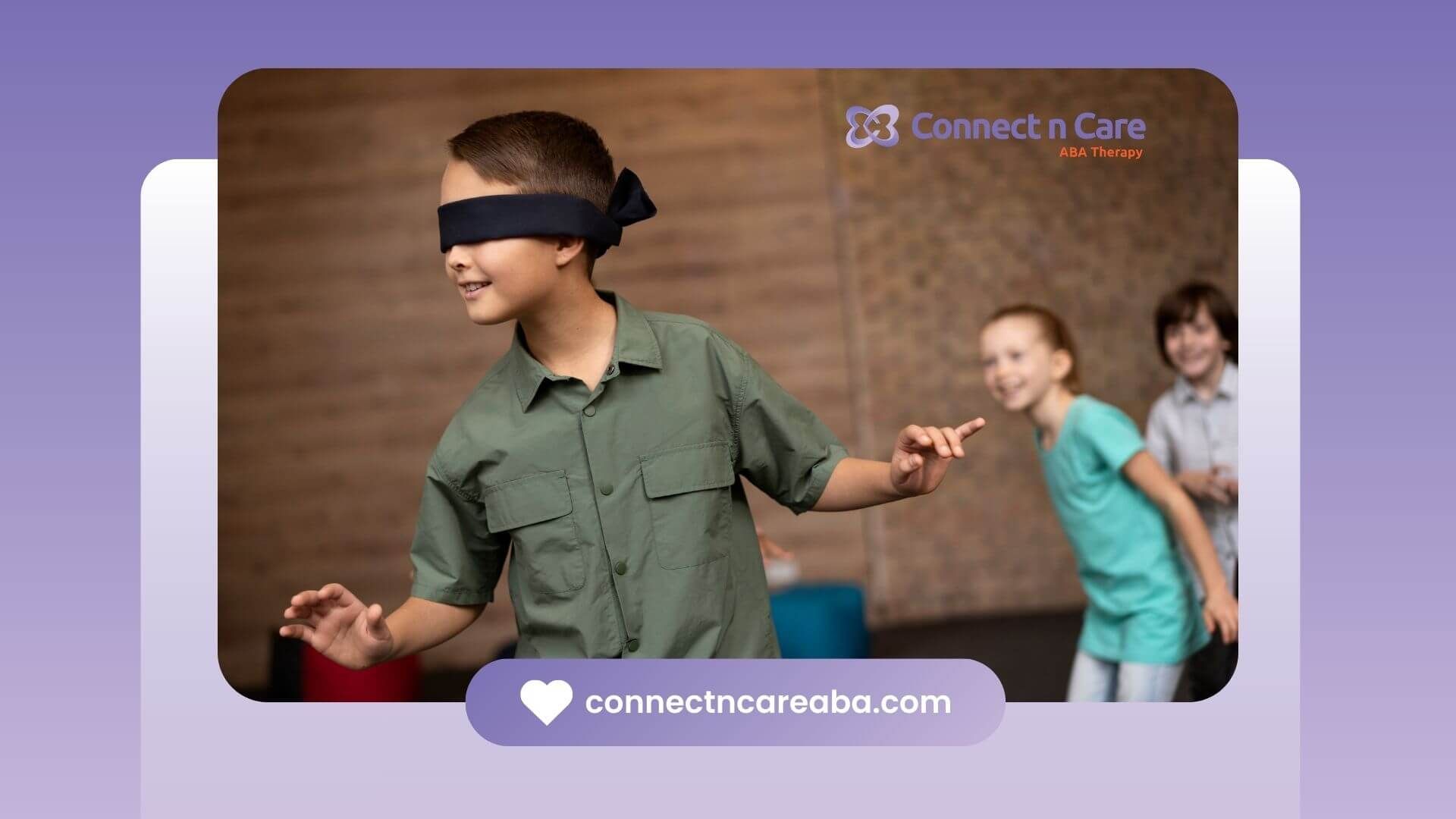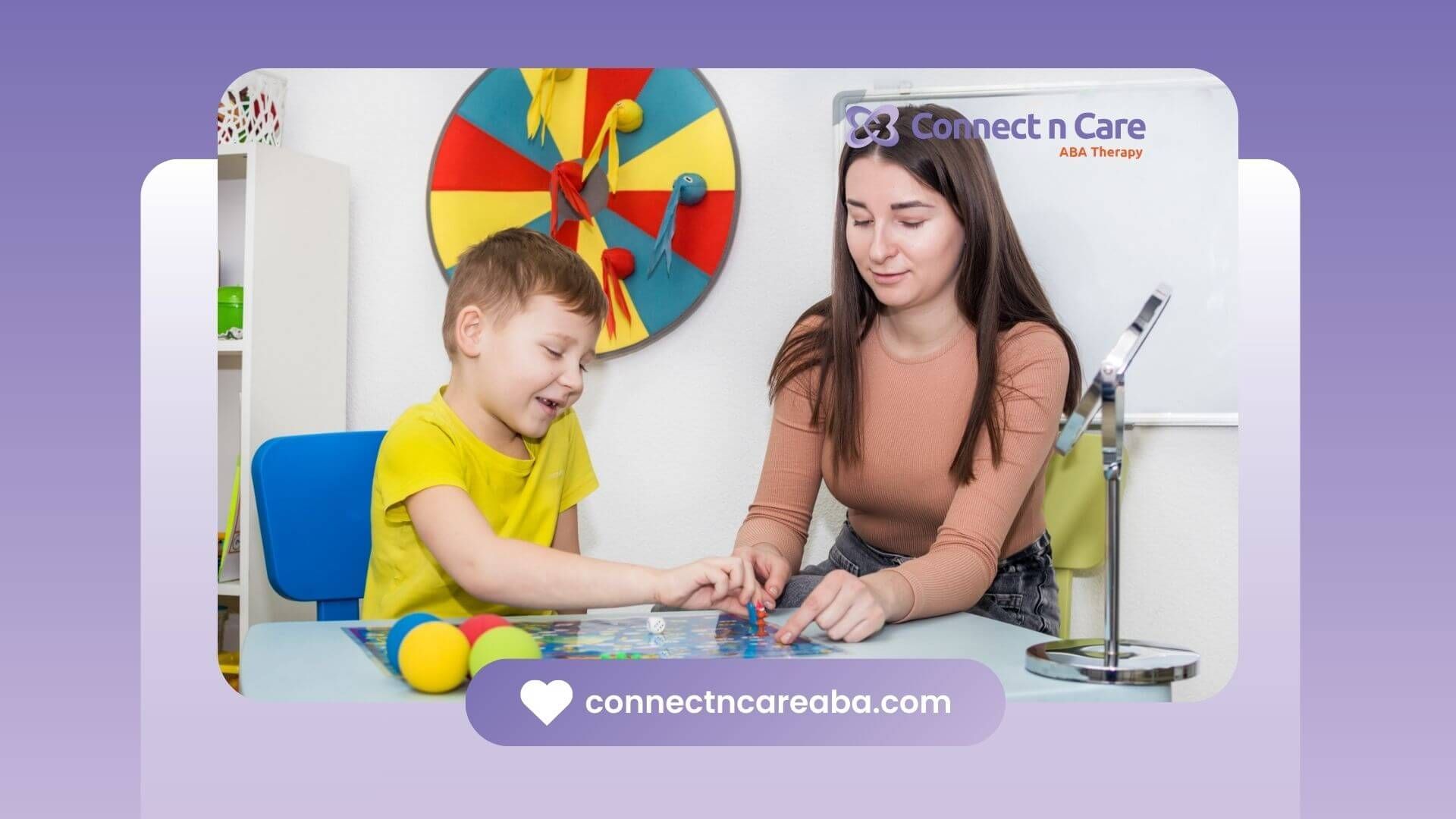Key Highlights
- Potty training children on the autism spectrum requires patience, structure, and positive reinforcement to ease the process.
- Sensory sensitivities, motor skill delays, and communication challenges make toilet training unique for autistic children, but success is achievable with the right strategies.
- Establishing a consistent toileting routine can help children with autism feel secure and adapt more readily to using the toilet.
- Recognizing readiness cues such as staying dry or showing interest in the bathroom is essential before beginning the process.
- Tools like visual schedules, small potty chairs, and rewards enhance comfort and motivation for children during their potty journey.
Introduction
Potty training is an important step for parents and children. However, for kids on the autism spectrum, this process can be tougher. Children with autism spectrum disorder (ASD) might deal with issues like sensitivity to touch, difficulty in communicating, or needing strict routines. Still, with the right methods and plan, it is possible to succeed. This guide offers parents and caregivers useful steps to help with the potty training journey. It aims to make things easier for children with special needs.
Understanding Autism and Potty Training
Potty training autistic children requires understanding their specific needs that come from autism spectrum disorder. These needs often include problems with change, sensory sensitivities, or delays in communication. Although potty training may take longer than with children who are not on the spectrum, it can still be successful.
Parents should be patient when toilet training. It's important to use consistent routines and positive reinforcement. Each child is unique, so the process should be customized to fit their strengths and needs while aiming for gradual progress.
Is Potty Training Possible for Children with Autism?
Yes, potty training can work for children with autism spectrum disorder. It might take more time than with typically developing children, but many can achieve this with a good plan and support. The toilet training process can involve small steps, and each step helps them become more independent.
A key strategy is to have a consistent toileting routine. Autistic children do well with predictability. Setting potty breaks at the same times every day can create a sense of stability. Using positive reinforcement is also important. Rewarding even small successes, like just sitting on the potty, can keep them motivated.
Working with experts, like behavioral therapists, can help too. For children facing significant challenges, these professionals can suggest strategies that suit their needs. With patience, dedication, and the right approach, potty training can be successful.
What Makes Potty Training Different for Autistic Children?
Potty training for autistic children can be different due to their sensory sensitivities and the routines they often need. A cold toilet seat or the sound of the flush can feel overwhelming for them. This makes going to the bathroom tough. It is important to find and manage these sensory issues.
Many children with special needs may have motor skill delays. This can make actions like pulling down pants or sitting on a toilet harder. Breaking these tasks into smaller, simple steps can make potty training easier.
Groups like Autism Speaks stress the need for methods that fit individual needs. Social stories or visual schedules can help autistic children better understand each part of using the toilet. With these strategies, their potty training journey may be different, but it can be done with careful planning and effort.
Preparing for Potty Training
Getting ready for potty training starts with making a plan and being consistent among caregivers. When caregivers work together, children feel safer as they learn their new toileting routine.
Caregivers should also check if the child is ready by looking for signs. These signs include staying dry for a long time or showing discomfort with dirty diapers. Once caregivers know the child is ready, they should gather helpful tools like a small potty chair and visual aids. These tools help during the training process. Good preparation helps make the potty journey easier.
Essential Equipment and Resources Needed
Equipping yourself with the right tools can make potty training easier for you and your child. Here’s what you will need:
- Small potty chair: This offers comfort and is just the right size for kids.
- Visual aids: You can use step-by-step guides or the Picture Exchange Communication System (PECS) to give clear instructions.
- Wet wipes: These are important for keeping things clean during accidents or cleanup.
- Comfort items: A familiar toy or book can help your child feel relaxed while on the toilet.
Also, having rewards like treats or stickers can encourage your child when they try or succeed in using the potty. With these tools ready, you will create a good and supportive environment. This way, you are meeting your child’s sensory needs, making the potty training process easier and more enjoyable.
Signs Your Child May Be Ready for Potty Training
Recognizing when your child is ready for potty training is important, especially for kids with developmental disorders. Watch for signs like staying dry for two hours, seeming uncomfortable with dirty diapers, or showing interest in using the bathroom.
Readiness can also be shown through communication skills. This can be either talking or using gestures to let you know they need to go. A child who can do simple tasks, like pulling down their pants or walking to the bathroom, may be ready to start potty training.
Some kids on the autism spectrum show interest by watching others use the toilet. These signals, along with a consistent toileting routine and support, usually mean it's a good time to begin toilet training. However, don’t wait for every sign. Pay attention to how willing your child and caregivers are to start this new step.
Beginner’s Guide to Potty Training Your Autistic Child
Achieving success in potty training a child with autism starts with careful planning. It is important to slowly introduce routines and pay attention to how comfortable your child feels.
In this complete guide, you will discover how to create consistency, make a comfortable space, and use tools like visual schedules to improve communication. Potty training might seem hard at first, but with patience and effort, your child can learn these important skills. Let’s look at the four main steps to help guide your child's potty journey successfully.
Step 1: Establish a Routine
Consistency is very important for potty training children with autism. A toileting routine helps your child know what to expect. It can also reduce anxiety during training.
Start by planning regular potty breaks during the day, every 20 to 30 minutes at first. You can use visual aids, like picture cards, to show the steps of the process. This will help your child feel more comfortable. Make sure that everyone who helps care for your child—like parents, teachers, and babysitters—uses the same schedule.
Celebrate small accomplishments to encourage progress. Give praise or a reward even if your child just sits on the toilet without using it. This consistency helps your child participate more. Over time, it builds confidence and creates a steady and positive toileting routine.
Step 2: Create a Comfortable Environment
A comfortable space is very important for a child with sensory sensitivities during potty training. You should adjust the bathroom to meet their needs. Start by choosing the right toilet seat or a small potty chair. This will help make it safe and easy for them to use.
Look out for sensory triggers. If your child does not like cold surfaces, you can add a warm towel or cushion on the seat. If sounds in the bathroom make them nervous, consider using noise-canceling headphones or wait to flush until they have left the room.
You can also organize the bathroom with familiar items like their favorite books or toys. Doing this can make the area feel welcoming. When you address these sensory and emotional needs, the bathroom can be a place of comfort instead of stress.
Step 3: Use Visual Schedules and Cues
Visual schedules are great tools to help autistic children learn toileting steps. You can use a laminated chart or a Picture Exchange Communication System (PECS) to show what is expected at each step.
Break the toileting routine into small parts: Enter the bathroom, pull down pants, sit on the toilet, and wipe. Use photos or icons for each step to make a visual sequence that is easy to understand.
Keep up with practice every day to support consistency. Use visuals along with verbal prompts to help understanding. As your child learns the toilet routine, they will depend less on the visual schedule. This helps them become more independent over time.
Step 4: Gradual Introduction to Toilet Use
Transitioning to toilet use should be done slowly and thoughtfully. Start this process by showing your child the bathroom environment. You can use a visual sequence or social stories that explain the toilet training process. Make familiar things like a small potty chair easy for your child to reach. This way, they can explore at their own speed. Use positive reinforcement, like verbal prompts and rewards, to celebrate their small wins with bowel movements. This helps your child feel more independent as they learn this new skill.
Advanced Strategies for Potty Training Success
Creating a supportive environment can really help with the toilet training process. Using a visual schedule can help children follow a predictable toileting routine. This makes them feel safe. Getting help from an occupational therapist can give tailored strategies for any sensory sensitivities. This makes each part of the potty journey more comfortable. Adding social stories can simplify the process and help children see what to expect. Consistency and positive reinforcement are very important. They boost confidence and independence during this key stage of development.
Handling Sensory Issues
Sensory sensitivities can have a big effect on potty training for kids in the autism spectrum. It's important to create a comfortable toileting routine. You might think about using tools like small potty chairs or special toilet seats that fit your child’s needs. Visual aids, such as a visual schedule, can help make the process clearer. Using positive reinforcement like praise or small rewards can change tough moments into good ones. This can boost your child's confidence and willingness to learn this new skill.
Dealing with Resistance or Fear
Resistance or fear during toilet training can make the potty journey tough. Using visual aids, like social stories or a picture exchange communication system, makes the process easier to understand. It’s important to stay patient. Caregivers should use positive reinforcement to celebrate small successes. Slowly introducing the child to the toilet space, like letting them look at a small potty chair or getting used to toilet seats, can help reduce anxiety and encourage success.
Monitoring Progress and Setbacks
Tracking potty training is important for understanding the challenges that autistic children may face. Regularly keeping notes on successes and difficulties can give helpful insights into the toilet training process. You might want to create a visual schedule or use a picture exchange communication system. These tools can help the child see their achievements clearly. Celebrating small victories with positive reinforcement motivates them to keep trying. Also, spotting patterns in resistance can help caregivers change their methods. This way, they can support the potty journey and make it better over time.
When to Encourage and When to Pause
It is important to recognize the right moments to either encourage progress or signal a break in potty training. When your child shows interest in using the toilet or says they need to have a bowel movement, use positive reinforcement to support them. If you see signs of resistance or anxiety, it’s time to take a step back. Focus on being consistent and predictable. Using visual aids or social stories can help reduce sensory sensitivities. This approach will create a more comfortable journey toward independence in potty training.
Keeping Track of Potty Training Achievements
Celebrating milestones during potty training is important for keeping kids motivated and building their confidence. It's good to keep track of all the achievements, like successful bowel movements and learning to use toilet paper. This helps kids feel proud of themselves. Using visual aids, like charts or stickers, can remind them of their progress. This method encourages consistency and makes potty training a positive experience. It helps your child embrace new skills as they go through their potty journey toward independence.
Conclusion
Toilet training for children on the autism spectrum can be tricky. It takes a lot of patience and a special way of doing things. Using tools like visual schedules and social stories can make the potty journey more enjoyable. Staying consistent and using positive reinforcement are key to teaching new skills and promoting independence. It's important to celebrate each small victory. Remember, setbacks are part of the learning process. You may need to change your method sometimes. This approach will help achieve success in this important step in development.
Frequently Asked Questions
How Often Should I Schedule Potty Breaks?
To schedule potty breaks well, set a timer for every 1-2 hours. As your child gets more relaxed, slowly increase the time between breaks. Pay attention to their signals and change the schedule if needed. It's important to give them steady support during the training.
What If My Child Refuses to Use the Toilet?
If your child does not want to use the toilet, start by figuring out why. There may be issues like sensory sensitivities or fear involved. Provide support and be encouraging while considering their feelings. Slowly encourage toilet use at their speed. Use positive reinforcement to help build their confidence during this time.
SOURCES:
https://raisingchildren.net.au/autism/health-wellbeing/toileting-hygiene/toilet-training-autism
https://www.autismspeaks.org/expert-opinion/seven-toilet-training-tips-help-nonverbal-kids-autism
https://www.autism.org.uk/advice-and-guidance/topics/behaviour/toileting/parents
https://www.webmd.com/brain/autism/what-to-know-about-potty-training-children-autism
https://www.autismparentingmagazine.com/autism-potty-training-guide/
https://www.healthline.com/health/autism/potty-training-autism









